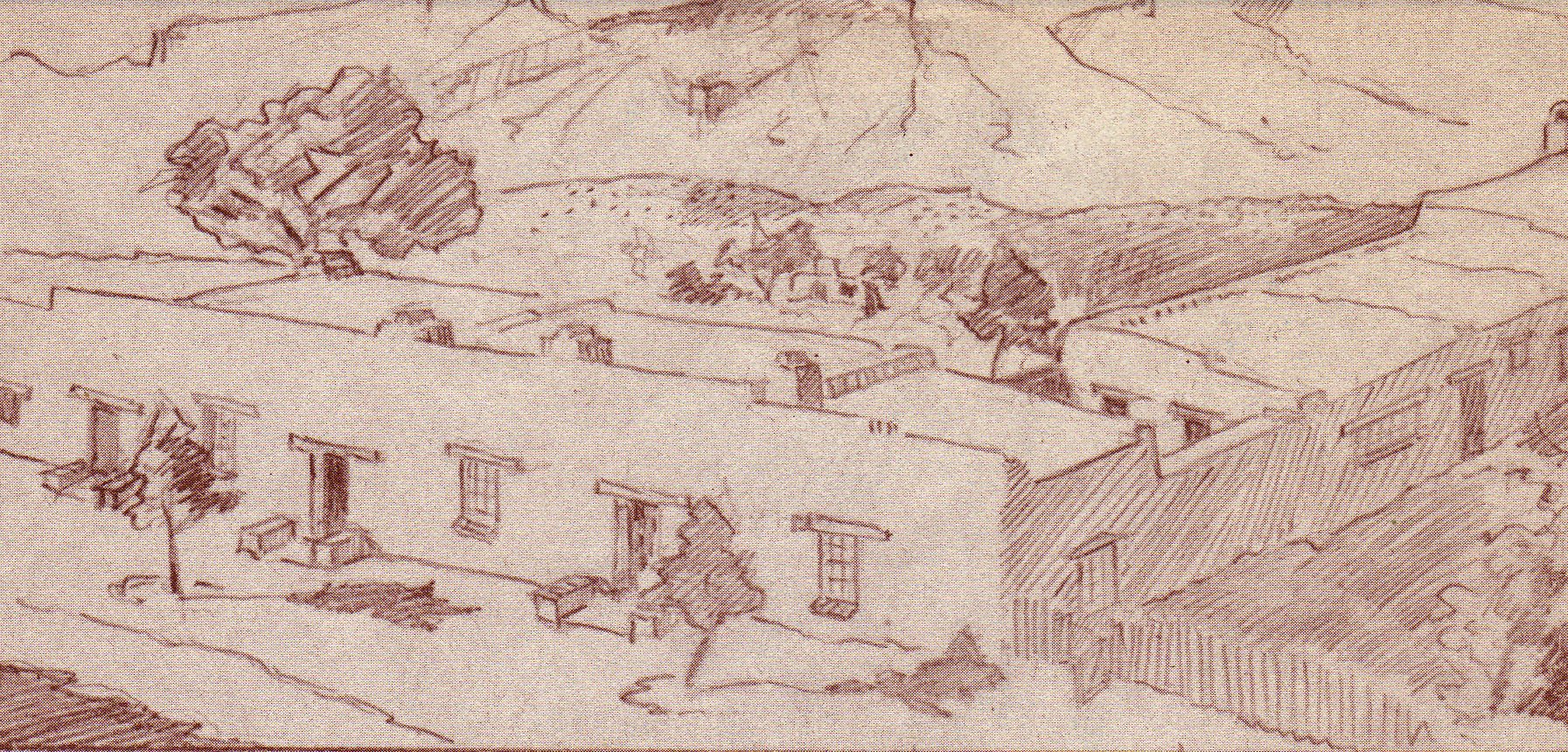
Fort Lowell - Tucson - Arizona
El Cuartel Viejo
History
Fort Lowell was established in 1873 as a critical outpost in the Arizona Territory, serving to protect and support U.S. military operations during the region's expansion. Among the fort’s key structures was the Commissary, a vital supply building that ensured the fort's operations were well-provisioned in the harsh desert environment. After the fort was abandoned in the 1890s, the Commissary fell into disuse, repurposed briefly as a storehouse for nearby farms before slipping into severe disrepair. Its fate changed in the 1930s when the Bolsius family purchased the complex. Recognizing the architectural and historical significance of the buildings, they set to work preserving and enhancing the site. Through their efforts, they infused the Commissary with elements of Pueblo Revival design, applying their mastery of high craftsmanship to restore and reimagine the once-neglected structure into a hallmark of southwestern heritage.
Craft
Emerging from the mud adobe ruins of the 1870s Fort Lowell Commissary, Nan, Pete, and Charles Bolsius crafted one of the 20th century's most iconic examples of Pueblo Revival architecture in Arizona and the American Southwest. Named El Cuartel Viejo (The Old Barracks), this remarkable structure stands as a landmark, steeped in romanticism, history, art, and masterful craftsmanship. Learn more about Charles Bolsius.
Traditions
The Bolsius family utilized their artistic talents, including intricate wood carving, to forge a distinctly Tucson style. The carefully crafted spaces, with hand-applied stucco, rounded corners, hand-hewn beams, corbels, and fireplaces, all contribute to making this design truly exceptional.

EXPLORE
Owned by the City of Tucson, this Architectural Landmark is the Bolsius design open to the public.
Conservation
In the late 1970s, the Fort Lowell Commissary complex, a cornerstone of Tucson’s historic Fort Lowell district, was purchased by Judy Margolis and her brother, architect Mike Margolis. Under their care and commitment, the adobe structures, a testament to Tucson’s military and artistic heritage were preserved. This significant repair and restoration work ensured the survival of these cherished buildings, honoring their architectural and cultural importance for future generations. The dedication of the Margolis family laid the groundwork for ongoing preservation efforts, keeping the spirit of Fort Lowell’s rich history alive.



